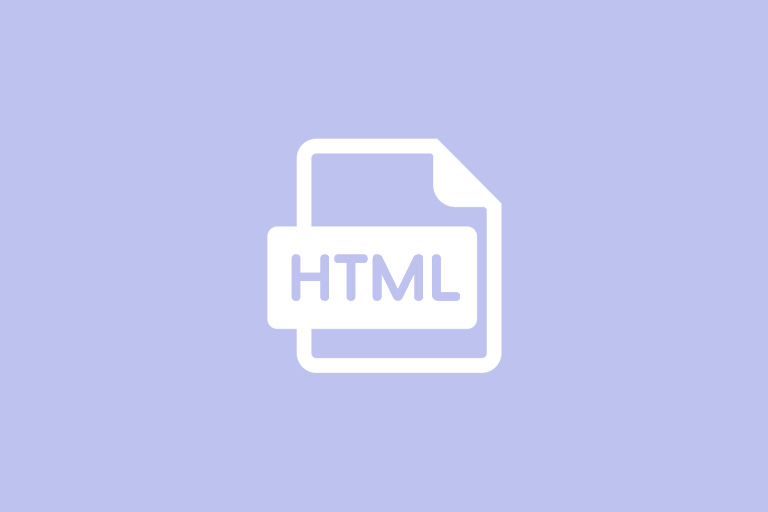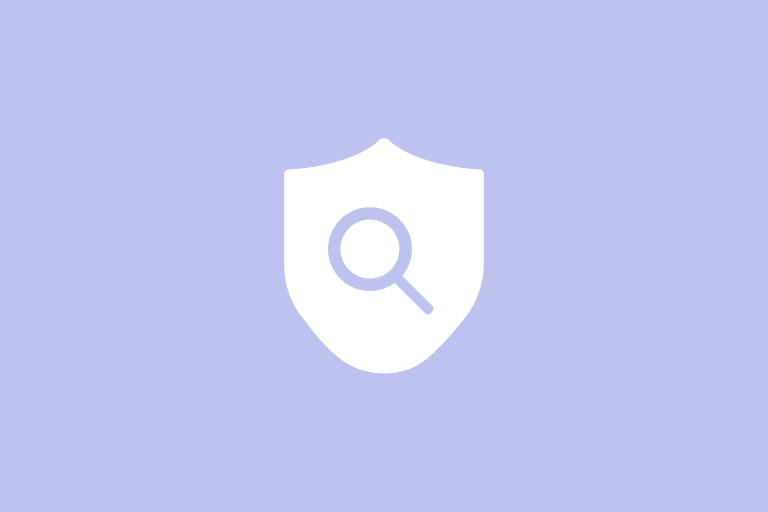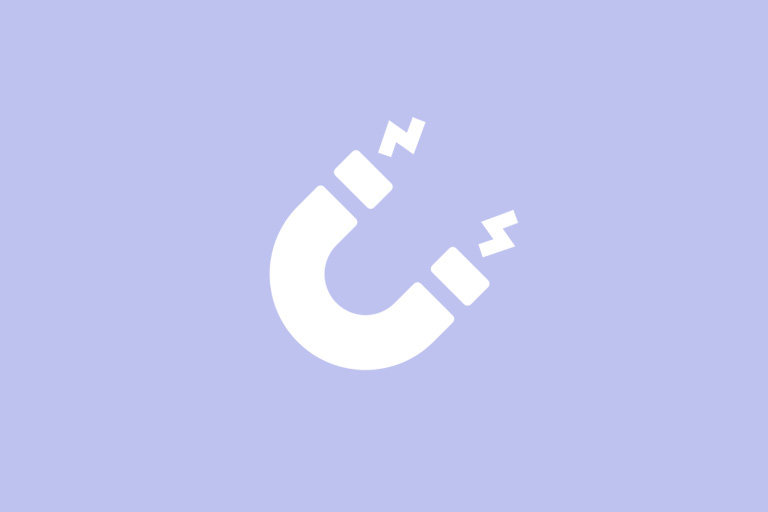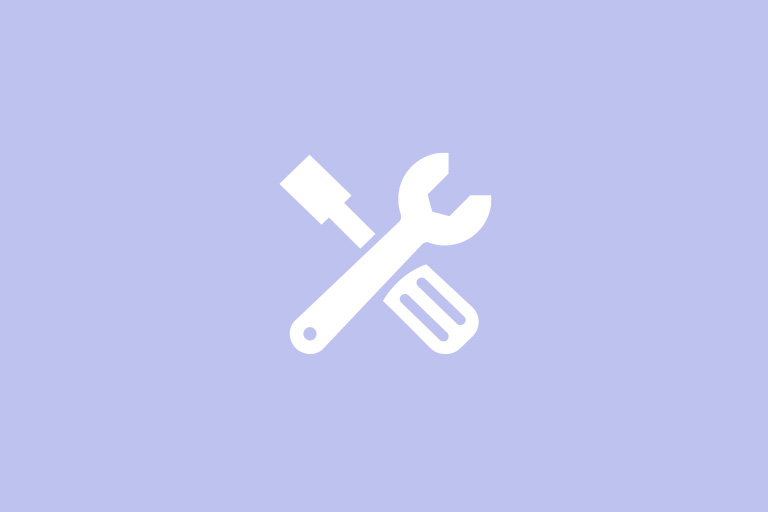Crawling
Crawling is the process by which search engines use bots, often referred to as spiders or crawlers, to systematically browse the web and discover new or updated pages to be added to their index.Here's how it works:
● Search Engine Bots:These are the automated software programs that visit web pages by following links from one page to another.
● Discovery: Bots start with a list of known URLs from past crawls and sitemaps provided by website owners. As they visit these URLs, they use the links on those pages to find new content.
● Frequency: The frequency of crawling can depend on factors such as the popularity of the website, the frequency of content updates, and the overall quality of the content.
Indexing
Once a search engine's crawler visits a page, the next step is indexing. Indexing is the process of analyzing and storing web pages in a giant database from which they can later be retrieved. Essentially, a search engine index is the collection of all the web pages that the search engine has discovered and deemed good enough to serve up to users.Here's what happens during indexing:
● Content Analysis: The search engine analyzes the content of the page, including text, images, videos, and any other media. It understands what the page is about and categorizes it accordingly.
● Data Storage: The important data from the page is stored in the search engine's index. This data must be organized efficiently so that the search engine can quickly retrieve relevant information in response to user queries.
● Search Algorithms: When a user performs a search, the search engine sifts through its index using complex algorithms to find the most relevant pages for the user's query and then ranks them in the search results.
Challenges in Crawling and Indexing
● Accessibility: If a website is not structured correctly or has technical issues, it might be difficult for crawlers to access and navigate the site.● Content Quality: Low-quality or duplicate content may not be indexed. Search engines aim to provide the best content in response to user queries, so they are selective about what they include in their indexes.
● Robots.txt and Meta Tags: Webmasters use the robots.txt file and meta tags to manage crawler access to certain parts of their sites. Incorrect use of these can prevent important pages from being crawled or indexed.
SEO Implications
For SEO professionals, ensuring that a website is crawlable and indexable is critical.They must:
● Create clear, logical site structures with internal linking that guides crawlers.
● Use sitemaps to inform search engines about the structure of their site and facilitate the discovery of new pages.
● Optimize content with relevant keywords and high-quality information to improve the likelihood of indexing.
● Address technical SEO issues that could prevent crawling or indexing, such as broken links, redirects, and server errors.
● Use the robots. txt file and meta tags correctly to control crawler access and indexation preferences.
Crawling and indexing are the precursors to ranking. If a search engine cannot crawl and index your site effectively, it's unlikely that your pages will appear in the search results, regardless of how good your content may be.







